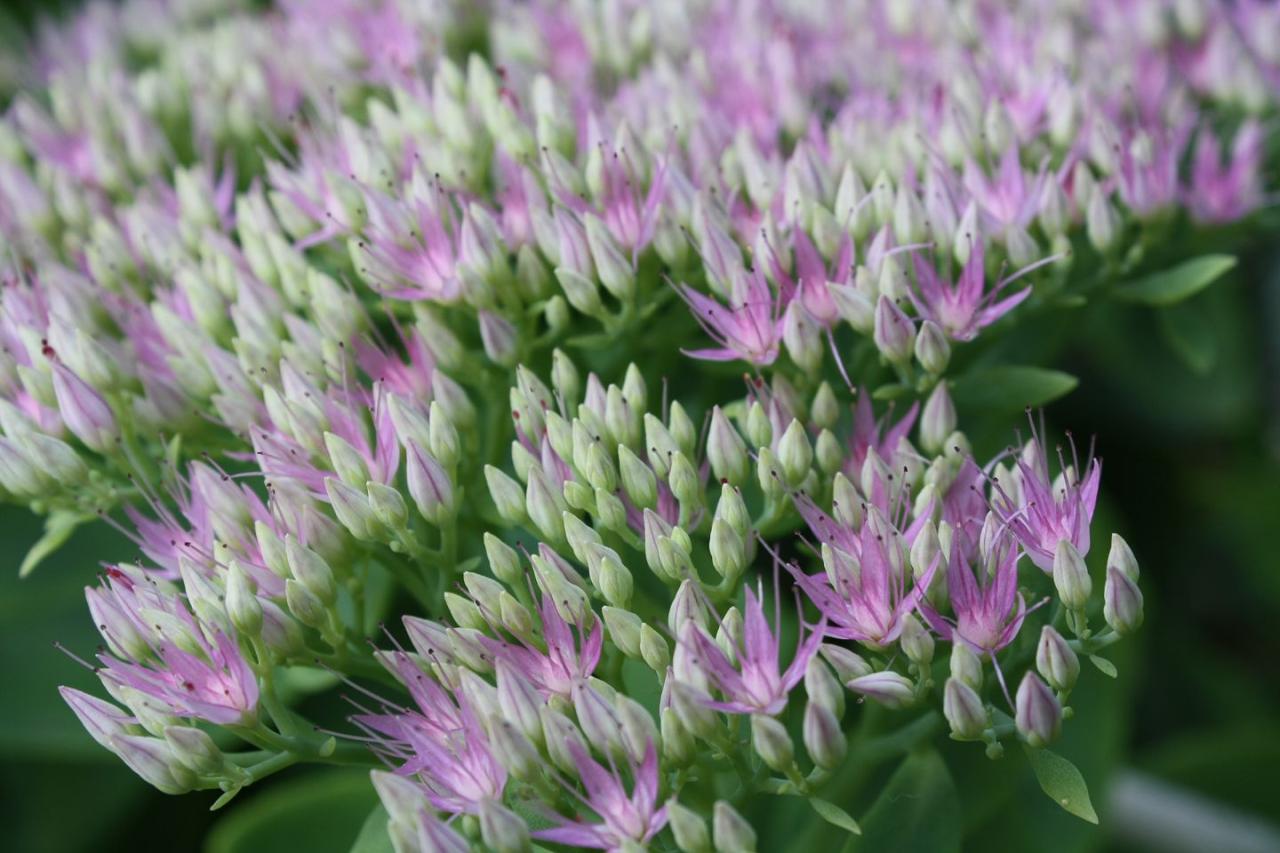Low Growing Perennials For Full Sun – Creating a vibrant garden in full sun can be a rewarding experience, especially when you opt for low-growing perennials. These hardy plants not only add color and texture to your landscape but are also relatively easy to maintain. In this blog post, we’ll explore various low-growing perennials suitable for full sun conditions, their benefits, and how to integrate them into your garden design. 🌼
What are Low Growing Perennials?
Low growing perennials are plants that return year after year, typically remaining under 12 inches in height. They are ideal for sunny garden areas where taller plants may overshadow them. These plants can thrive in well-drained soil and often require minimal care once established. They’re perfect for rock gardens, borders, or as ground cover.
Benefits of Low Growing Perennials for Full Sun
- Drought Tolerance: Many low-growing perennials are drought-resistant, which means they can withstand periods of dry weather without wilting. This makes them perfect for low-maintenance gardens.
- Soil Erosion Control: The extensive root systems of these plants help to stabilize the soil, preventing erosion on slopes or during heavy rains.
- Seasonal Interest: From spring blooms to vibrant fall foliage, low-growing perennials offer year-round beauty.
- Wildlife Friendly: These plants can attract beneficial pollinators like bees and butterflies, helping to support local ecosystems. 🦋
Choosing the Right Low Growing Perennials for Your Garden
When selecting low-growing perennials, consider your local climate, soil type, and garden design. It’s essential to choose plants that not only suit your aesthetic preferences but also thrive in the sunlight and conditions of your garden.
Factors to Consider
- Sunlight Requirements: Ensure the plants you choose can tolerate the full sun. Most low-growing perennials prefer at least six hours of sunlight daily.
- Soil Type: Most perennials prefer well-drained soil. Conduct a soil test to understand the pH and nutrient content.
- Maintenance Level: Some plants require more care than others. Choose varieties that match your level of gardening commitment.
- Plant Hardiness Zone: Check the USDA Hardiness Zone Map to ensure your selected plants can survive your local climate. 🌎
Top Low Growing Perennials for Full Sun
| Plant Name | Height | Flower Color | Bloom Time | USDA Zone |
|---|---|---|---|---|
| Phlox subulata (Creeping Phlox) | 6-12 inches | Pink, Purple, White | Spring | 3-9 |
| Ajuga reptans (Bugleweed) | 6-12 inches | Blue, Purple | Spring | 3-10 |
| Thymus serpyllum (Creeping Thyme) | 3-6 inches | Purple, Pink | Summer | 3-9 |
| Sedum spp. (Stonecrop) | 4-12 inches | Yellow, Pink | Summer to Fall | 3-9 |
| Delosperma cooperi (Ice Plant) | 6-12 inches | Magenta, Yellow | Spring to Summer | 5-9 |
These low-growing perennials not only offer stunning visual appeal but also provide crucial support to your garden’s ecosystem. Each species has unique characteristics that can contribute to a diverse landscape.
Care Tips for Low Growing Perennials
While low-growing perennials are generally low-maintenance, there are some care tips to keep them thriving:
Watering
During their establishment phase, it’s crucial to provide consistent moisture. Once established, many low-growing perennials will require less frequent watering. Use mulch to retain soil moisture and reduce the need for watering during dry spells. 💧
Fertilizing

Applying a balanced fertilizer in early spring can promote healthy growth. However, many perennials thrive in average soil conditions and may not need additional fertilization beyond the initial application.
Pruning, Low Growing Perennials For Full Sun
To encourage fuller growth and more blooms, consider deadheading spent flowers. Some species may also benefit from light pruning after flowering to maintain their shape and health.
Pest and Disease Management

Regularly inspect your plants for signs of pests or diseases. While low-growing perennials can be resilient, addressing problems early can prevent larger issues down the line. Use organic pest control methods whenever possible to protect beneficial insects. 🐞
Designing with Low Growing Perennials
Incorporating low-growing perennials into your garden design can enhance the visual appeal and create a layered effect. Here are some tips for successful design:
Layering with Height
Place taller plants behind low-growing perennials to create depth in your garden beds. This layering technique allows for a more dynamic and visually interesting garden.
Color Coordination
Choose perennials that complement each other in color. Mixing plants with contrasting flower colors can create a vibrant display, while using similar hues can provide a more cohesive look.
Texture Variation
Combining different leaf shapes and textures can add interest. For example, the small leaves of creeping thyme contrast beautifully with the broader leaves of sedum.
Using as Ground Cover
Many low-growing perennials make excellent ground covers, effectively smothering weeds while providing visual interest. Use them in areas that receive full sun and have well-draining soil for best results.
Remember, when planting low-growing perennials, space them appropriately to allow for their natural growth habit. Overcrowding can lead to poor air circulation and increased susceptibility to disease.
Conclusion: Low Growing Perennials For Full Sun
Low-growing perennials for full sun offer a wealth of benefits, from vibrant colors to ease of care. With careful selection and planning, these hardy plants can transform any sunny garden space into a beautiful oasis. Happy gardening! 🌻
